Free shipping over 5 kg in Hungary
2 421 Ft – 19 341 FtPrice range: 2 421 Ft through 19 341 Ft
ORIGIN Burundi
REGION Kayanza
FARMER Butenaga Washing Station
PROCESS Washed - Yeast Inoculated (Cima)
VARIETAL Red bourbon
TASTING NOTES Cherries, red apple, yogurt
PROFILE Espresso & filter
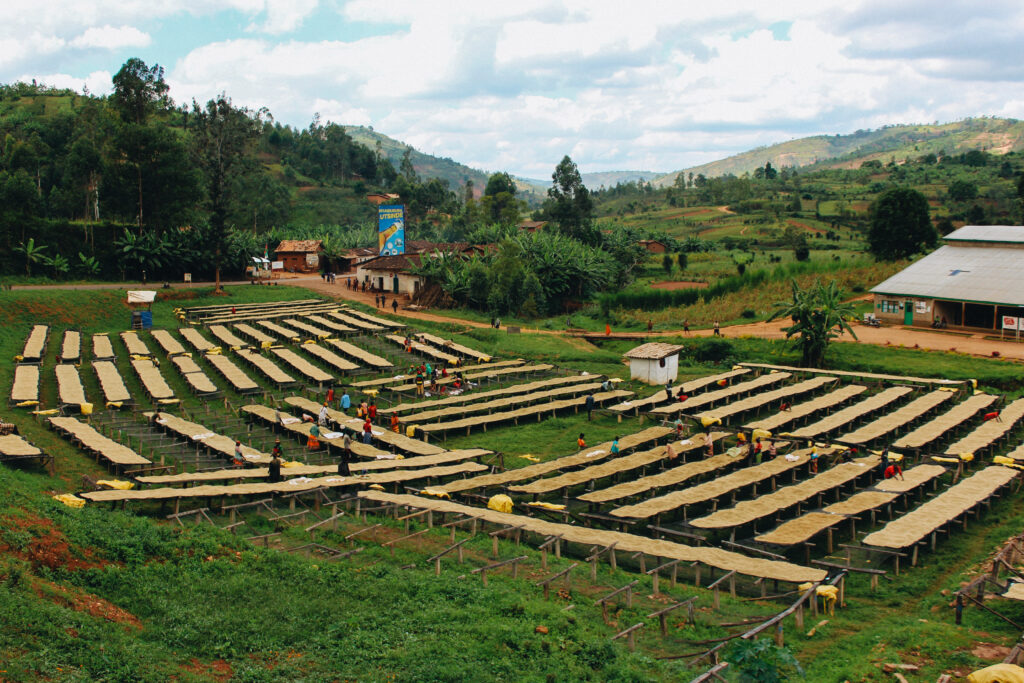
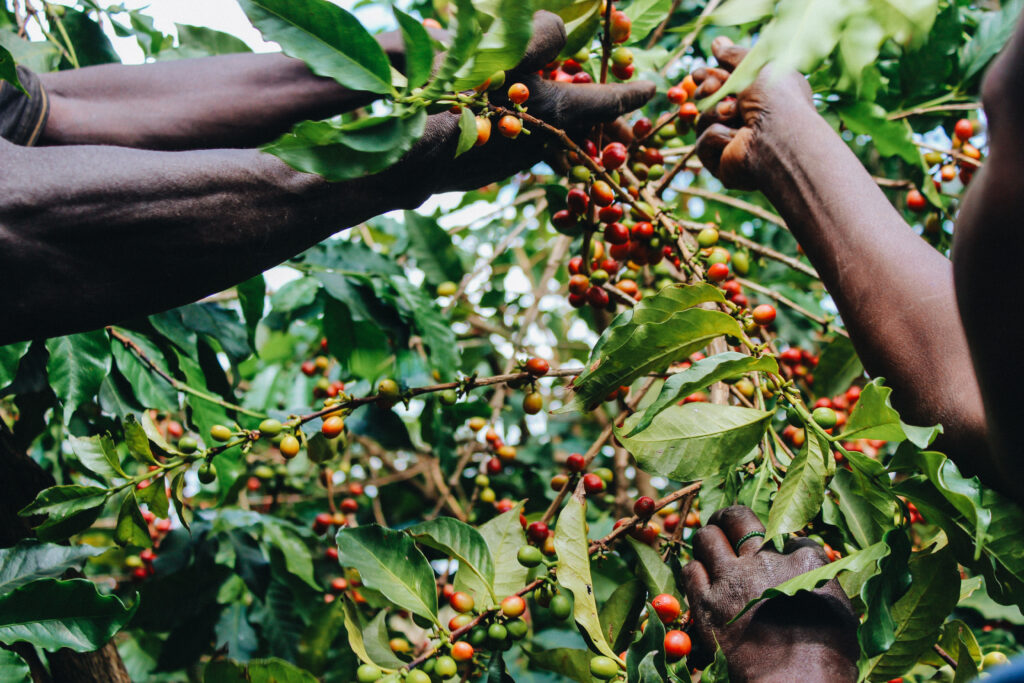
The first coffee washing station in the country was built in 1952. It was named “Butegana”, which means “to be trapped” because Rwandan soldiers were once trapped in the valley by the Burundian army.
During the rule of King Mwambutsa, the Prince Baranyanka had the station constructed to take advantage of the abundant coffee plants in the region. Strategically, the station was built to be shared between two hills. All the station’s buildings are on one hill, Shikankoni, and all the drying tables are on the other, Nkuba.
Most coffee trees in Burundi are Red Bourbon. Because of the increasingly small size of coffee plantings, aging rootstock is a very big issue in Burundi. Many farmers have trees that are over 50 years old, but with small plots to farm, it is difficult to justify taking trees entirely out of product for the 3-4 years it will take new plantings to begin to yield. In order to encourage farmers to renovate their plantings, Greenco purchases seeds from the Institut des Sciences Agronomiques du Burundi (ISABU), establishes nurseries and sells the seedlings to farmers at or below cost. At the washing station, farmers can also get organic fertilizer from reconverted coffee pulp.
Despite the ubiquity of coffee growing in Burundi, each smallholder producers a relatively small harvest. The average smallholder has approximately 250 trees, normally in their backyards. Each tree yields an average of 1.5 kilos of cherry so the average producer sells about 200-300 kilos of cherry annually.
During the harvest season, all coffee is selectively hand-picked. Most families only have 200 to 250 trees, and harvesting is done almost entirely by the family.

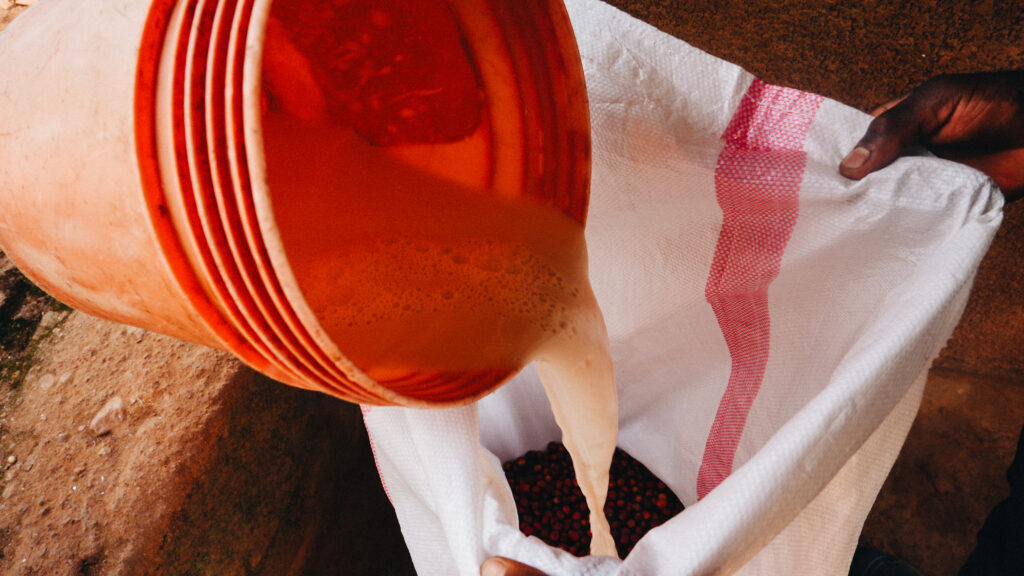
After sorting, cherry is pulped within 6 hours of delivery. During pulping, cherry is separated into high- and low-grade by density on a Mackinon 3-disc pulper outfitted with an additional separation disk. Once pulped, coffee is placed in Epoxy-coated, concrete fermentation tanks. Cima yeast purchased from the French company Lalcafe is added to the tanks. The tanks are left to ferment in this environment for approximately 96 hours.
After fermentation is completed, coffee is run through washing and grading canals. In total, the channel separates beans into seven grades according to density. After washing, this parchment is poured onto wooden trays or nylon bags and carried to the drying tables, each in its separate quality group. Each tray and nylon bag of parchment keeps its traceability tag with all info.
A LALCAFÉ CIMA™ yeast (Saccharomyces cerevisiae) was specially developed for coffee production over a four-year period of research and trials. Trials in various regions and environments showed that Cima is well suited to better control the wet process’ efficiency and to upgrade the cup quality. The yeast is able to control the fermentation process against the risk of spoilage micro-organisms that can generate undesirable defects. Furthermore, its specific metabolism and its high capacity even at cold temperatures (minimum 15°C inside the coffee tank) allow for the expression of fresh and fruity characteristics of the coffee beans while respecting the varietal original aromas of the beans. The longer fermentation time for yeast processed coffees (washed processed typically ferments for about 12 hours) also allows for more developed flavors. The extra time enables the beans to absorb metabolites, which can enhance flavors. Complexity, acidity, brightness, floral notes and more are all boosted by the lengthened fermentation time. (Saccharomyces cerevisiae) kifejezetten kávétermelés céljára lett kifejlesztve, négy évnyi kutatás és kísérletezés eredményeként. Különböző régiókban és környezetekben végzett kísérletek kimutatták, hogy a Cima kiválóan alkalmas a mosott eljárás hatékonyságának jobb szabályozására és a kávé minőségének javítására. Az élesztő képes szabályozni az erjedési folyamatot, megakadályozva a nemkívánatos hibákat okozó romlást előidéző mikroorganizmusok kialakulását. Ezenkívül speciális anyagcseréje és hideg hőmérsékleten (minimum 15 °C a kávétartályban) is magas kapacitása lehetővé teszi a kávébabok friss és gyümölcsös jellemzőinek kiemelést, miközben megőrzi a babok eredeti aromáját. Az élesztővel feldolgozott kávék hosszabb erjedési ideje (a mosott feldolgozású kávék általában körülbelül 12 órán át erjednek) szintén lehetővé teszi az ízek jobb kialakulását. Az extra idő lehetővé teszi a babok számára a metabolitok felszívódását, ami javíthatja az ízeket. A hosszabb erjedési idő fokozza a komplexitást, a savasságot, a fényességet, a virágos jegyek megjelenését és még sok mást.
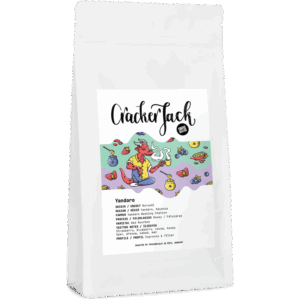
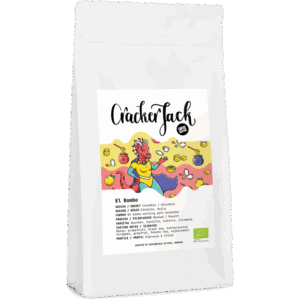


Üzemeltető
VLD Management Kft.
7625 Pécs, Mikszáth Kálmán utca 19/C
adószám: 13703538-2-02
